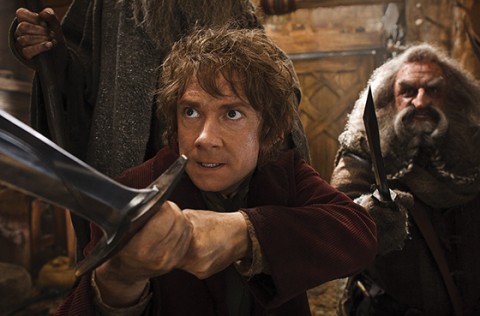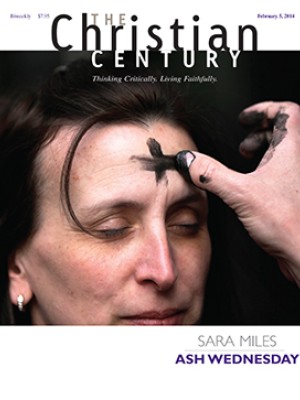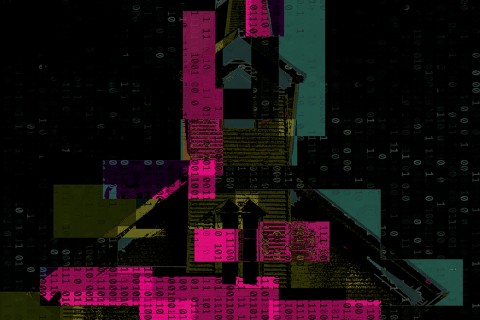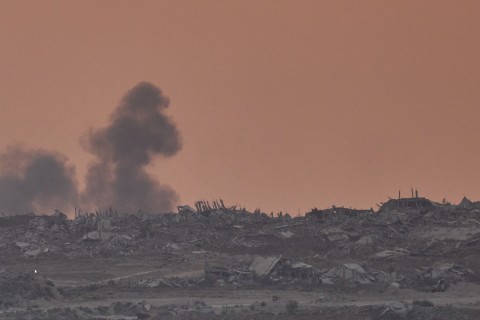More orcs

On my way out of The Hobbit: The Desolation of Smaug, I ran into two older members of my church. Their reaction was identical: disappointment. “The movie was fine. But Tolkien seemed to get left behind a little.” I’m glad we still have some on this earth who care about the old tales.
In Smaug, the second in a planned trilogy of films based on J. R. R. Tolkien’s tale The Hobbit, Thorin Oakenshield (Richard Armitage) and his band of dwarfs attempt to reclaim the throne of Erebor, an ancestral dwarf kingdom, from the dragon Smaug. Smaug and the nearest village of humans are in a state of détente—he won’t burn them up, and they won’t attack him. The dwarfs disturb this equilibrium and set the stage for the final film. Bilbo’s final words, “What have we done?” echoed in the theater as the audience exhaled for the first time since the film started.
Read our latest issue or browse back issues.
Yet, as action-packed as it is, Peter Jackson’s trilogy of Hobbit films is much less satisfying than his Lord of the Rings, despite having some of same beloved characters and many of the same themes: the courage of hobbits, the destructive power of greed, the importance of the journey, the power of friendship.
The filmmakers may plead that they have less to work with. They’ve added more content—such as introducing the elf Legolas and a female love interest—and made three films out of one book. What fills the extra space? Lots of running. More bad guys. Battles with orcs. And less of all the things that made the other movies work: character development, humor, pacing, interior drama.
For example, in The Lord of the Rings a major plotline is the maturation of Aragorn from Strider, a Ranger of the North, into king of Gondor, reigning over a peaceful Middle-earth. Can he approach power without abusing it? His ancestor could not. He’s not sure. Neither are we.
But there is no character development in Smaug. Even Legolas (Orlando Bloom), a beloved character in The Lord of the Rings, does nothing more than chop up goblins and look longingly at his lady friend Tauriel (Evangeline Lilly), as she does the same. The depiction in The Lord of the Rings of a slowly developing friendship between Legolas and Gimli is replaced by an endless blur of ever more acrobatic stunts with ever more impressive decapitations. We know no more about Legolas at the end of this film than we did at the beginning.
The heart of The Lord of the Rings is the claim that immoral means can’t be used to achieve moral ends. The ring is so powerful that good characters cannot use it and must destroy it. This task requires courage and sacrifice—and friendship makes these things possible. Encountering these themes in the book The Hobbit, there are several episodes I can’t get through without sobbing. In the film, these themes are barely present.
A quiz last year at collegehumor.com asked readers to identify whether a quotation was from Gandalf in The Lord of the Rings or from the roots band Mumford & Sons. Both offer fortune-cookie chunks of wisdom in a quasi-religious language. It is harder to guess than you might expect. I worried, as I watched Smaug, that maybe the original book isn’t as good as I thought it was. Jackson and colleagues still have one more movie to make right what is wrong.






